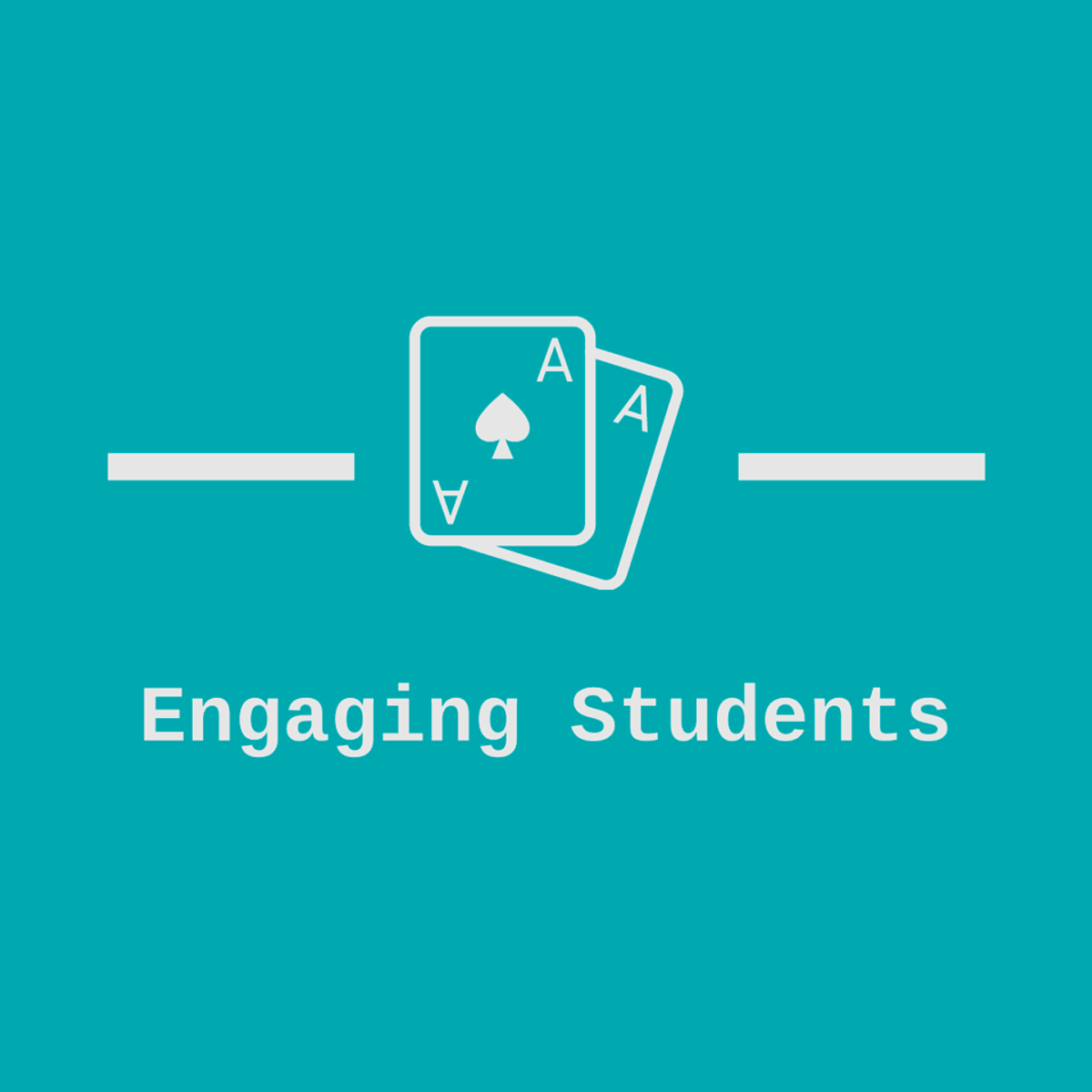Back to Courses









Personal Development Courses - Page 33
Showing results 321-330 of 514
Think Again IV: How to Avoid Fallacies
We encounter fallacies almost everywhere we look. Politicians, salespeople, and children commonly use fallacies in order to get you to think whatever they want you to think. It’s important to learn to recognize fallacies so that you can avoid being fooled by them. It’s also important to learn about fallacies so that you avoid making fallacious arguments yourself. This course will show you how to identify and avoid many of the fallacies that lead people astray.
In this course, you will learn about fallacies. Fallacies are arguments that suffer from one or more common but avoidable defects: equivocation, circularity, vagueness, etc. It’s important to learn about fallacies so that you can recognize them when you see them, and not be fooled by them. It’s also important to learn about fallacies so that you avoid making fallacious arguments yourself.
Suggested Readings
Students who want more detailed explanations or additional exercises or who want to explore these topics in more depth should consult Understanding Arguments: An Introduction to Informal Logic, Ninth Edition, Concise, Chapters 13-17, by Walter Sinnott-Armstrong and Robert Fogelin.
Course Format
Each week will be divided into multiple video segments that can be viewed separately or in groups. There will be short ungraded quizzes after each segment (to check comprehension) and a longer graded quiz at the end of the course.

Teach English Now! Technology Enriched Teaching
This course focuses on the key concepts you need in order to effectively integrate technology into your teaching, without letting it overshadow language learning. Discover current and future trends in educational technology, along with strategies for implementing these trends in the classroom and beyond. As technology is continually evolving, learn how to keep up on current technological applications through professional development networks and training opportunities.

Developing a Systems Mindset
A Systems Mindset teaches learners how to interact effectively as service providers, consultants, researchers, developers, or other professionals providing a service or product to a person, group, or community. This course provides the basic foundations for policy makers, real estate developers, consultants, government agencies, engineers, and non-profit organizations the first steps in engaging complex problems where engagement with communities and stakeholders is necessary. Being a successful professional requires creative, innovative, and entrepreneurial thinking, and to continually have a problem-solving mindset. Yes, absolutely! But you also need to be a listener. You need to truly value the community and stakeholders - the ones who have the most to gain and lose from your actions. It is important for you to listen, learn what is important, and then act. This course will highlight the urgency for you to have a systems mindset to engage complex problems for a systems perspective, meaning that you have approach problems from different angles, scales and perspectives. This class is the first step in creating that mindset and for you to effectively engage – from receiving the “ask” for “assistance”, to orienting yourself to the issue, understanding the community, and developing a project plan. Students will learn how to use a systems mindset to understand scaled systems, nested hierarchies, and the interactions between social and environmental systems. Students will also learn practical skills and techniques that build rapport, trust, and buy-in.

Enhance Student Learning through Kahoot
By the end of this project, you will have created a Kahoot collection that will engage your students during virtual learning or as a more engaging way to encourage practice and review at home or in the classroom. Teaching is constantly evolving. As we learn more about our students, we uncover new ways to ensure that they are not just learning - they are thriving. When we can connect our tech-savvy students to tech-connected learning, our students are more likely to enjoy learning. We can also encourage them to become lifelong learners as we connect them to the many tools and resources that are available at their fingertips online.
Once you are confident with using Kahoot and have a wide array of Kahoots in your collection, you will discover that Kahoot can be used in many ways! You can use Kahoot for formative assessment, summative assessment, review, or as a fun addition to a theme day! The opportunities are endless.
Kahoot allows teachers to create engaging learning games or trivia quizzes on any topic and in any language. It is an excellent tool for classroom learning, remote learning, and parents engaging their child’s learning at home.

Create video, audio and infographics for online learning
Multimodal texts make learning interesting. Video, podcasts and infographics not only have the capability to excite and engage, but to reach a broader demography of learners who don’t thrive on verbal language knowledge acquisition and exchange alone. Multimodal texts provide a variety of ways in which to communicate and provide information to learners, as well as meet the needs of different learners’ preferences.
Using video, podcasts, infographics or images as well as text, directly impacts learning outcomes. Design decisions that incorporate multimodal learning objects – made by both educators and learners – can make learning memorable, meaningful and retainable.
Decisions we make about how we communicate should be done through a systematic and informed process, rather than via a random selection of tools. In this course, you’ll explore learning design principles associated with how, why and when to use multimodal texts. You’ll also explore and analyse the features and benefits of a range of text types, such as video, audio and infographics.
The course is designed for educators, teachers, learning designers, instructional designers, tutors, lecturers, course convenors and anyone else who may be interested in creating powerful and memorable learning experiences for learners of all ages.
Learning outcomes
By the end of this course, you’ll:
1. Recognise best practice design principles and approaches for multimodal text creation
2. Select, design and create a variety of multimodal text types, including video, audio and infographics
3. Critically reflect on the strengths and weaknesses of the different multimodal text types

Preventing Chronic Pain: A Human Systems Approach
Chronic pain is at epidemic levels and has become the highest-cost condition in health care. This course uses evidence-based science with creative and experiential learning to better understand chronic pain conditions and how they can be prevented through self-management in our cognitive, behavioral, physical, emotional, spiritual, social, and environmental realms.
The goal of this course is to blend creative, experiential, and evidence-based teaching strategies to help participants understand chronic pain conditions and how a human systems approach can be applied to self-management strategies to reduce risk factors, enhance protective factors, and prevent chronic pain. There are four major objectives to the course;
1. Describe the prevalence, personal impact, and health care dilemma associated with chronic pain.
2. Recognize the clinical characteristics and underlying etiology of several common pain conditions and the peripheral, central, and genetic mechanisms of chronic pain
3. Based on the literature associated with risk and protective factors in the seven realms of our lives, learn specific strategies in each realm that can be employed daily to prevent chronic pain and enhance wellness.
4. Appreciate the value of a human systems approach to health care and how it can provide a basis for integrative, interdisciplinary, and individualized care to preventing pain and enhancing wellness.
CONTINUING EDUCATION CREDIT
Health Care Professionals
Health care professionals who participate in this CE activity may submit this certificate statement of participation to their appropriate accrediting organizations or state boards for consideration of credit. The participant is responsible for determining whether this activity meets the requirements for acceptable continuing education. Email your Coursera certificate statement of completion to your appropriate organization.

Enhance Student Learning with Interactive Lessons in Nearpod
By the end of this project, you will have curated a library of Nearpod lessons and you will have learned how to make every lesson interactive with the many features of Nearpod. With Nearpod, you can add quiz and game features to learning videos. You can launch lessons live or allow students to work at their own pace. With the data you collect, you can identify areas where students need more practice and adjust your teaching to meet those needs. Whether you are teaching onine or in the classroom, Nearpod is a learning platform that will enhance any learning experience.
*You will need a free Nearpod account for this project. Also you will need a free Google account for this project.

Gamification Learning with Genially
By the end of this project, you will be ready to engage your students using the gamification learning opportunities that Genially provides. Genially is “the tool that brings content to life.” Genially allows you to map out a learning journey for your students using high interest images and interactive tools. When students learn through gamification, they are more naturally engaged in the content you are teaching!

SEL Capstone
In this course the instructors (Randy Testa, Ben Kirshner, Emily Price, and Dan Liston) have designed two culminating projects for the Coursera Specialization entitled – “The Teacher and SEL”. The two options include: “A Teacher Implementation Plan”, and “The Cinema, SEL, and the Classroom”.
This course is a part of the 5-course Specialization “The Teacher and Social Emotional Learning (SEL)”. Interested in earning 3 university credits from the University of Colorado-Boulder for this specialization?? If so check out "How you can earn 3 university credits from the University of Colorado-Boulder for this specialization" reading in the first module of this course for additional information.
We want to note that the courses in this Specialization were designed with a three-credit university course load in mind. As a participant you may notice a bit more reading content and a little less video/lecture content. Completing and passing the SEL Specialization allows the participant to apply for 3 graduate credits toward teacher re-certification and professional enhancement. We want to ensure the quality and high standards of a University of Colorado learning experience.
Interested in earning 3 graduate credits from the University of Colorado-Boulder for The Teacher and Social Emotional Learning (SEL) Specialization? Check out "How you can earn 3 university credits from the University of Colorado-Boulder for this specialization" reading in the first week of this course for more information.

Introduction to Self-Determination Theory: An approach to motivation, development and wellness
Self-determination theory (SDT) is an empirically based theory of motivation and psychological development that is especially focused on the basic psychological needs that promote high quality motivation and wellness, and how they are supported in social contexts. SDT details how the styles and strategies of motivators such as parents, teachers, coaches, managers, and health-care professionals can promote or undermine engagement and the positive consequences that follow from it.
In this course, Professor Richard Ryan, co-founder of the theory, will provide an overview of SDT with special emphasis on how autonomy, competence, and relatedness supports and facilitates behavioral persistence, quality of relationships, and healthy developmental processes, among other topics. He will also discuss the convergence of behavioral phenomenological and neuropsychological aspects of autonomy within SDT research. In addition, he will illustrate practical applications of SDT, with emphasis on educational, work, sport, healthcare and psychotherapy settings.
Popular Internships and Jobs by Categories
Find Jobs & Internships
Browse
© 2024 BoostGrad | All rights reserved